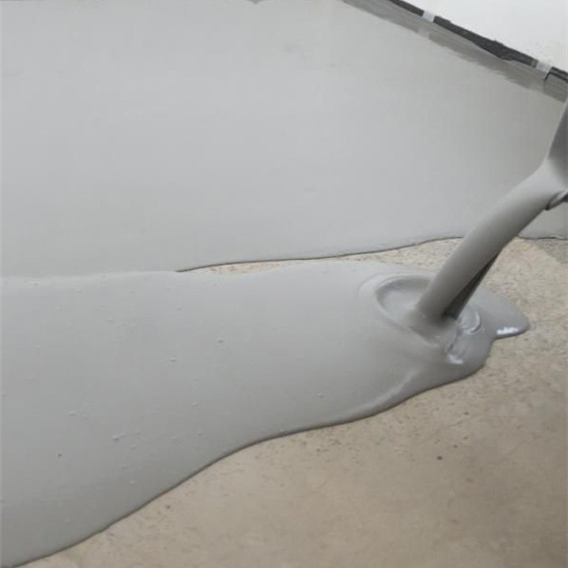JINJI ® HPMC used in Self-leveling
JINJI ® HPMC used in Self-leveling

Self-leveling Compounds are chemical mixtures used to smooth uneven concrete or wooden floors. They are composed of cement, sands, fillers, and modified by a range of additives such as cellulose ethers, plasticizers, defoamers, stabilizers, and redispersible powders. As a flowable, self-leveling and self-smoothing material, self leveling compounds can produce a flat, smooth, and hard surface that has excellent compressive strength.
The addition of HPMC can enhance the following properties in self-leveling compounds applications:
Flowability
As a self-leveling mortar, fluidity is one of the main indicators to evaluate the self-leveling performance. Under the premise of ensuring the rules of mortar composition, the fluidity of mortar can be adjusted by changing the content of fiber HPMC. However, too high content will reduce the fluidity of mortar, so the amount of cellulose ether should be controlled within a reasonable range.
Water Retention
Mortar water retention is an important indicator of the stability of the internal components of fresh cement mortar. In order to make the hydration reaction of the gel material fully carried out, the right amount of cellulose ether can keep the water in the mortar for a longer time. In general, the water retention of the slurry increases with the increase of cellulose ether content. The water retention of cellulose ether can prevent the substrate from absorbing too much water too quickly and hinder the water evaporation, thus ensuring that the slurry environment provides sufficient water for cement hydration. In addition, the viscosity of cellulose ether also has a significant effect on the water retention of mortar. The higher the viscosity, the better the water retention.
Setting time
HPMC has a slow setting effect on mortar. With the increase of cellulose ether content, the setting time of mortar is prolonged. The retarding effect of cellulose ether on cement slurry mainly depends on the degree of substitution of alkyl group, which is not much related to its molecular weight. The lower the degree of alkyl substitution, the higher the hydroxyl content, the more obvious the retarding effect. And the higher the content of cellulose ether, the more obvious the retarding effect of the composite film on the early hydration of cement. Therefore, the more significant the retarding effect is.
Self-levelling mortar can rely on self-weight to form a flat, smooth and solid base on the substrate for laying or bonding other materials, while allowing efficient construction over a large area.


